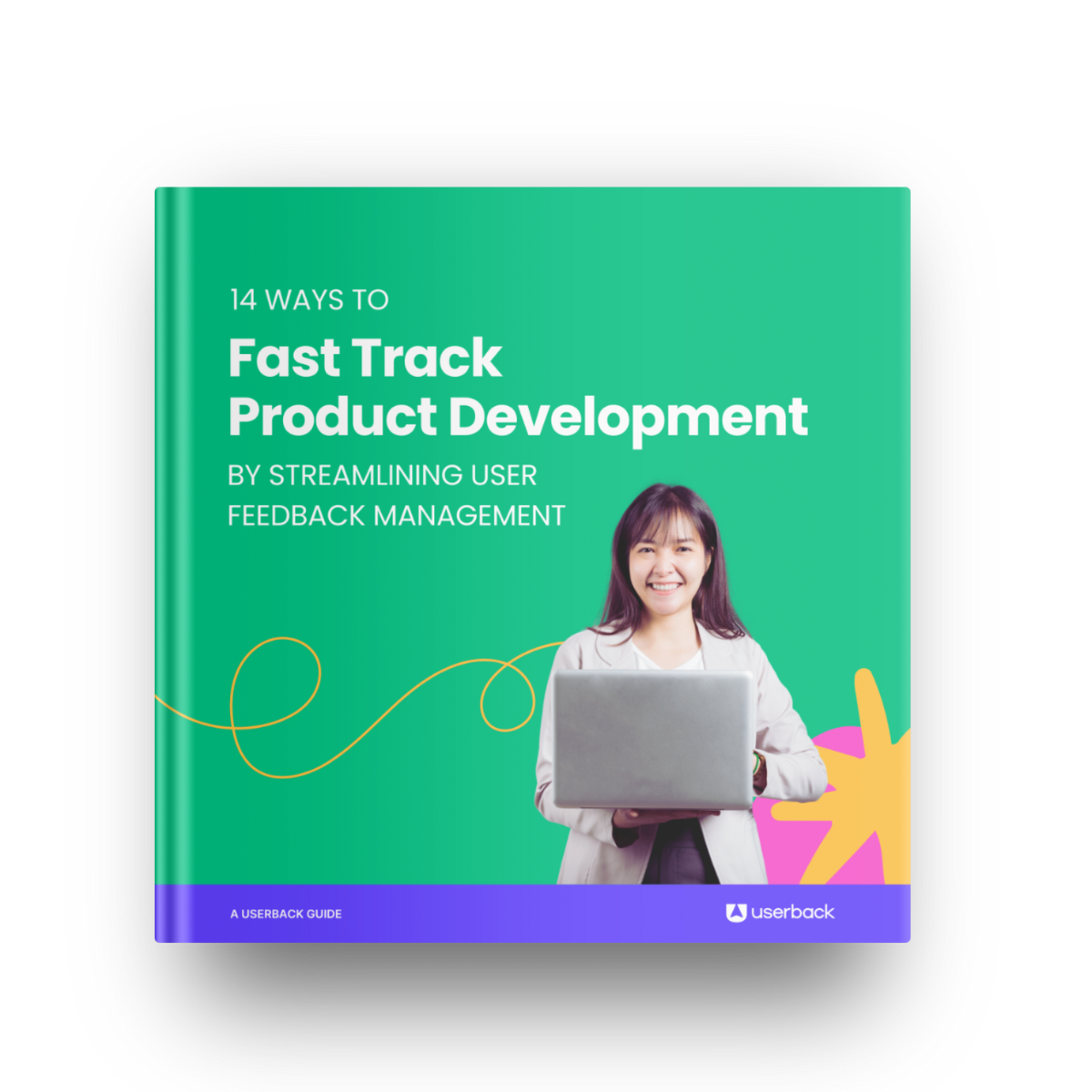The ability to collect, manage and action user feedback is critical to successful product development.
When you can streamline the collection and management of user feedback, you can dramatically accelerate product development in a number of ways:
- Reduced Costs
Streamlining feedback workflows through automation saves time and money, allowing teams to collect, prioritize, and respond faster and more efficiently. - Faster Response Rates
When collecting user feedback, you need to be able to act on it quickly both to resolve actual issues with your product and to show users that you care and deserve their loyalty. Speed is paramount! - Better Decision-Making
Streamlining user feedback collection and management helps software teams detect patterns, identify priorities, and make informed decisions for product development. - Improved Product Quality
User feedback drives product improvement by addressing pain points and enhancing quality. Streamlining feedback collection and management speeds up issue resolution and product advancement.
Do you want to fast track your product development life cycle? Discover how Userback can help — try it free for 14 days.

